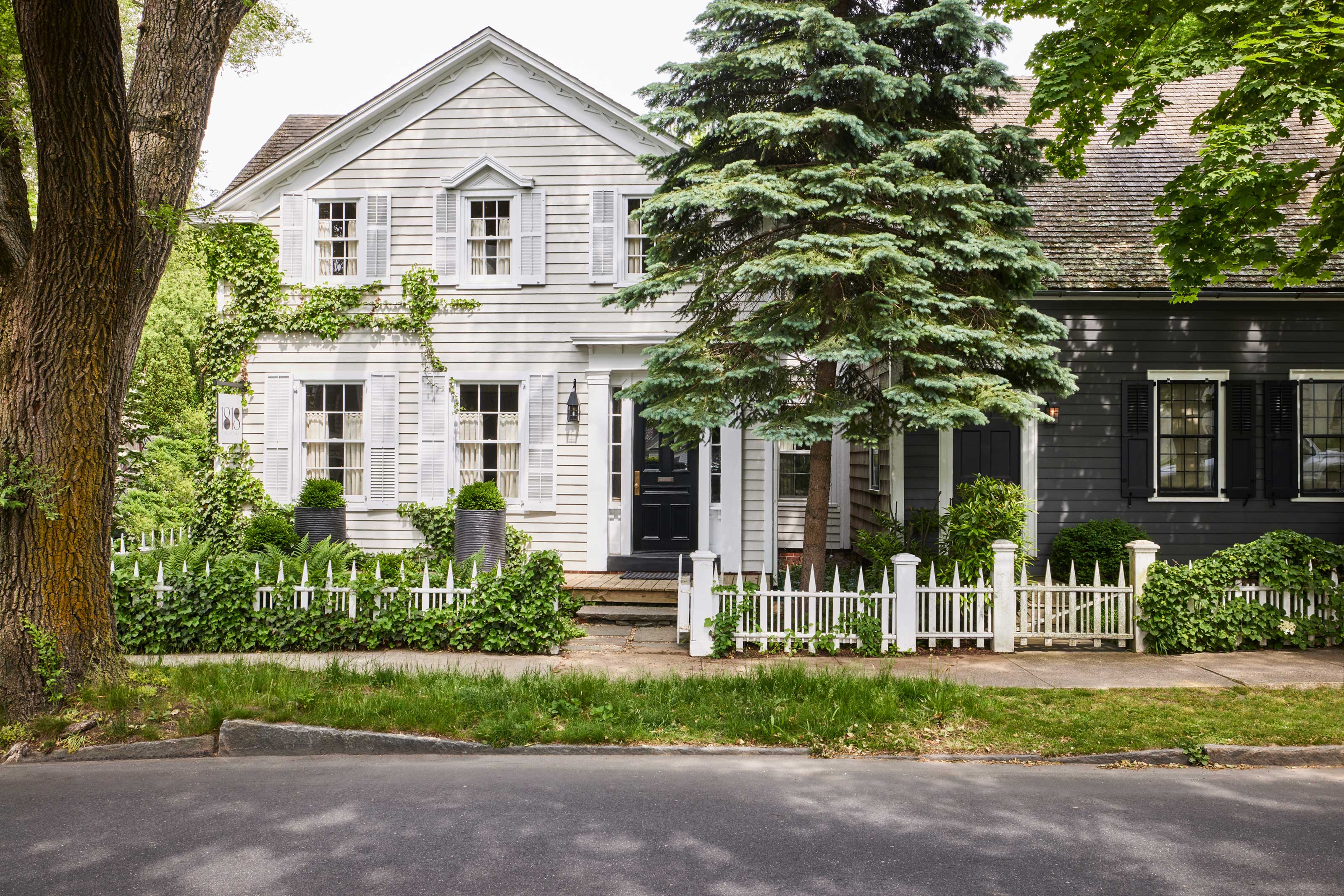
The idea of including planting and landscape architecture that provides your front yard with privacy is good... in theory. However, bad choices when it comes to this area of your home's landscaping can make you feel a little fenced in.
On the other hand, not including any at all means that you're bound to make eye contact with strangers on the street every time you have your curtains open. It's a tricky line to straddle.
However, when it comes to front yard landscaping ideas that give you the best of both worlds, designers have tricks of the trade that create curb appeal that says 'welcome home', while also offering a softer approach to screening. And in some instances, even create a front yard that you'd want to spend time in.
1. Create screening with layers of planting over hedges
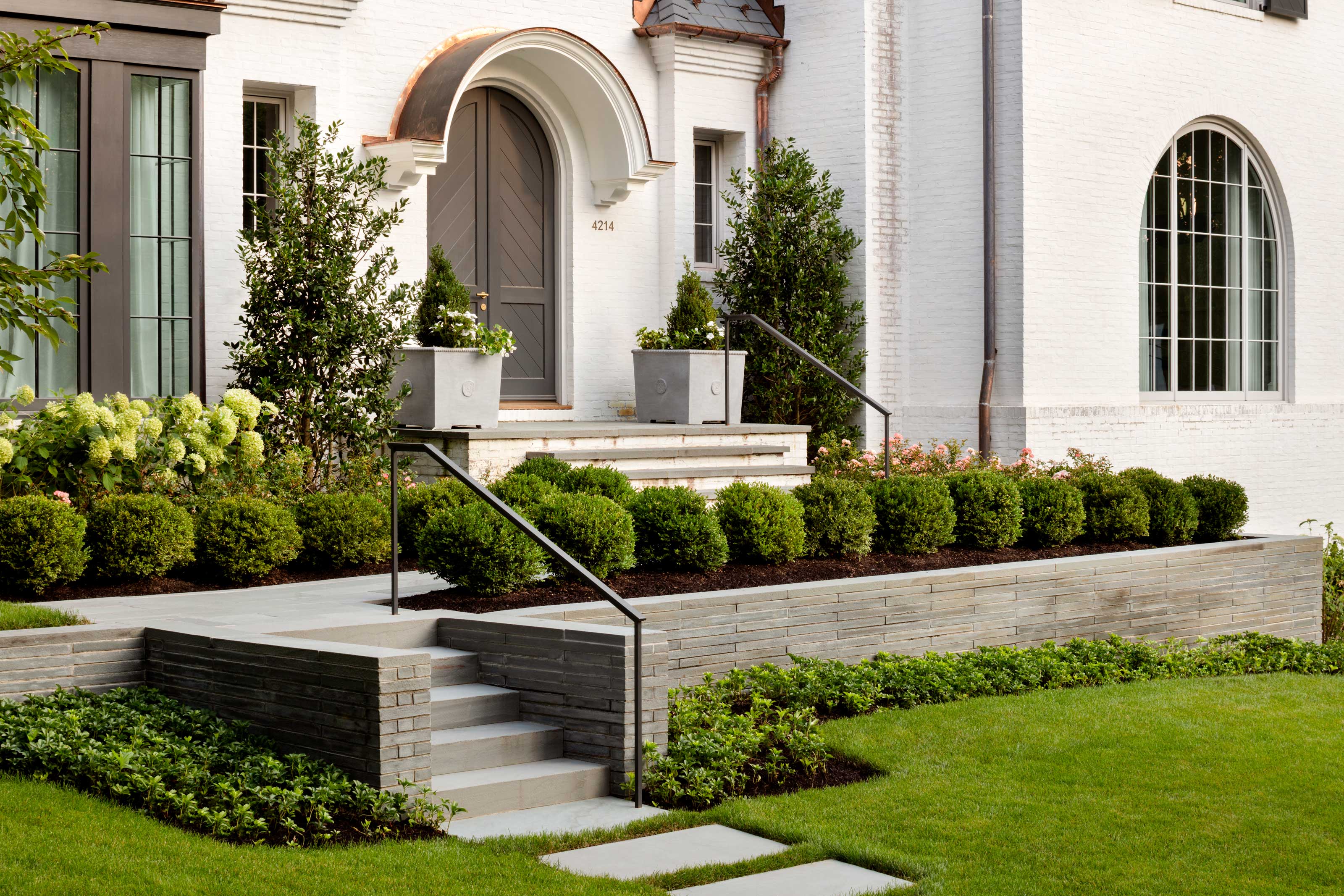
The best hedges for privacy are dense, created a solid, fence-like screen for your yard. However, that's not always what you want for a front yard. It can look imposing, while also meaning your views from the house are just of, well, hedge. Instead, consider your front yard planting in three dimensions, for all the benefits, and less of the drawbacks.
'Using multiple plants at varying heights can provide a provide the same thing as a solid hedge or a fence but is far more welcoming,' says Joseph Richardson, landscape architect and founder of Richardson & Associates Landscape Architecture.
Buxus hedging is a classic element of a more formal front yard landscaping design, but keeping this element low will help you feel less boxed in. Complement with taller planting set back to enhance the sense of privacy.
2. Be clever with tree placement
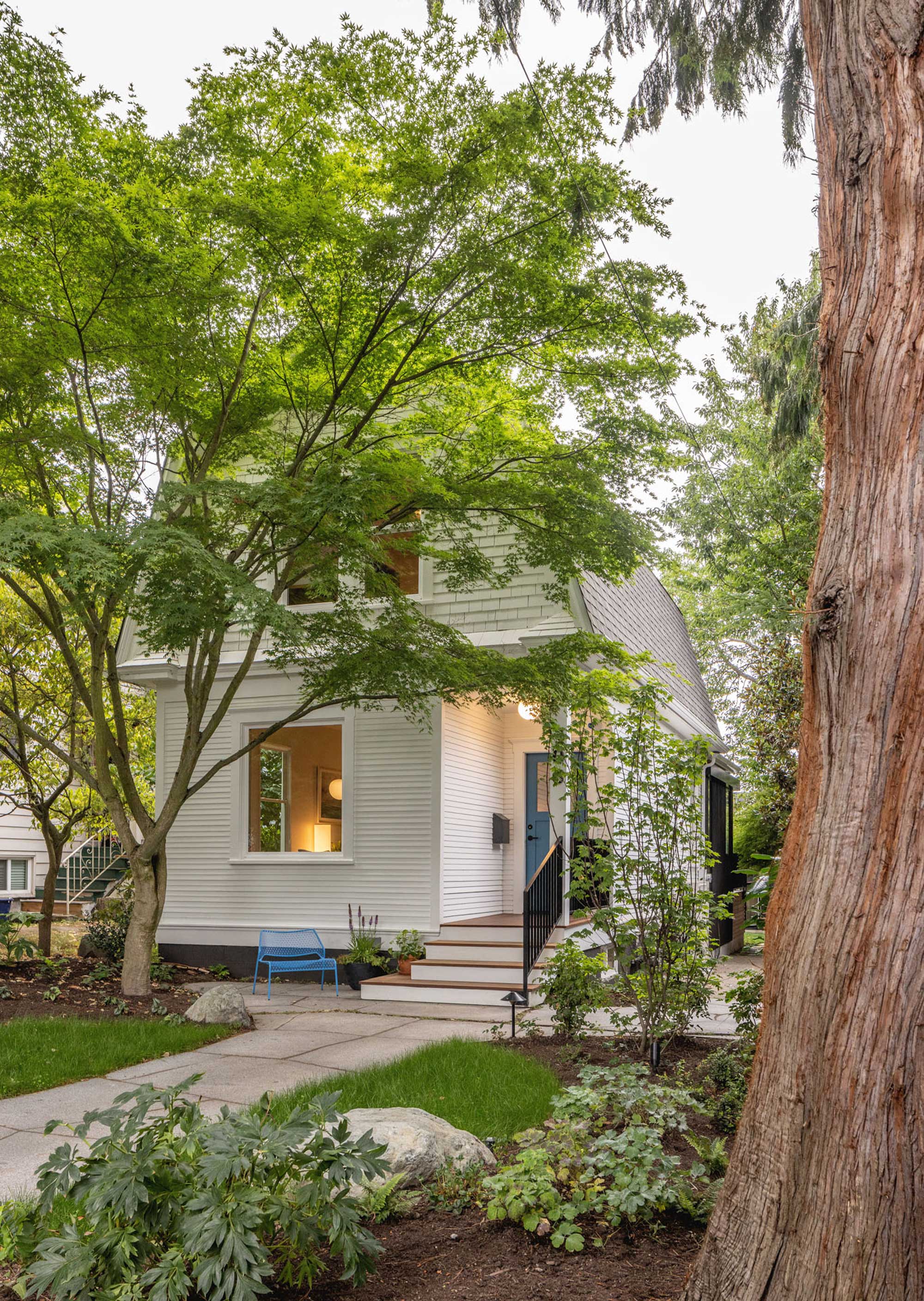
'Strategically placed feature trees add more visual interest and a sense of privacy,' suggests Toronto-based landscape designer Jennifer Hayman. However, the best trees for privacy in a front yard aren't necessarily the same as for the backyard, as you may want to consider less dense foliage that obscures, rather than fully screening, for a softer approach.
Consider the angles of your front yard when positioning a tree. A single tree can screen the spaces you're most concerned with privacy easily, and is also generally easier to maintain than a whole hedge.
You'll also want to consider your curb appeal, too. Trees with seasonal color, whether that's bright fall leaves or springtime blossoms, can be a great choice for your front yard.
3. Choose a softer approach to fencing
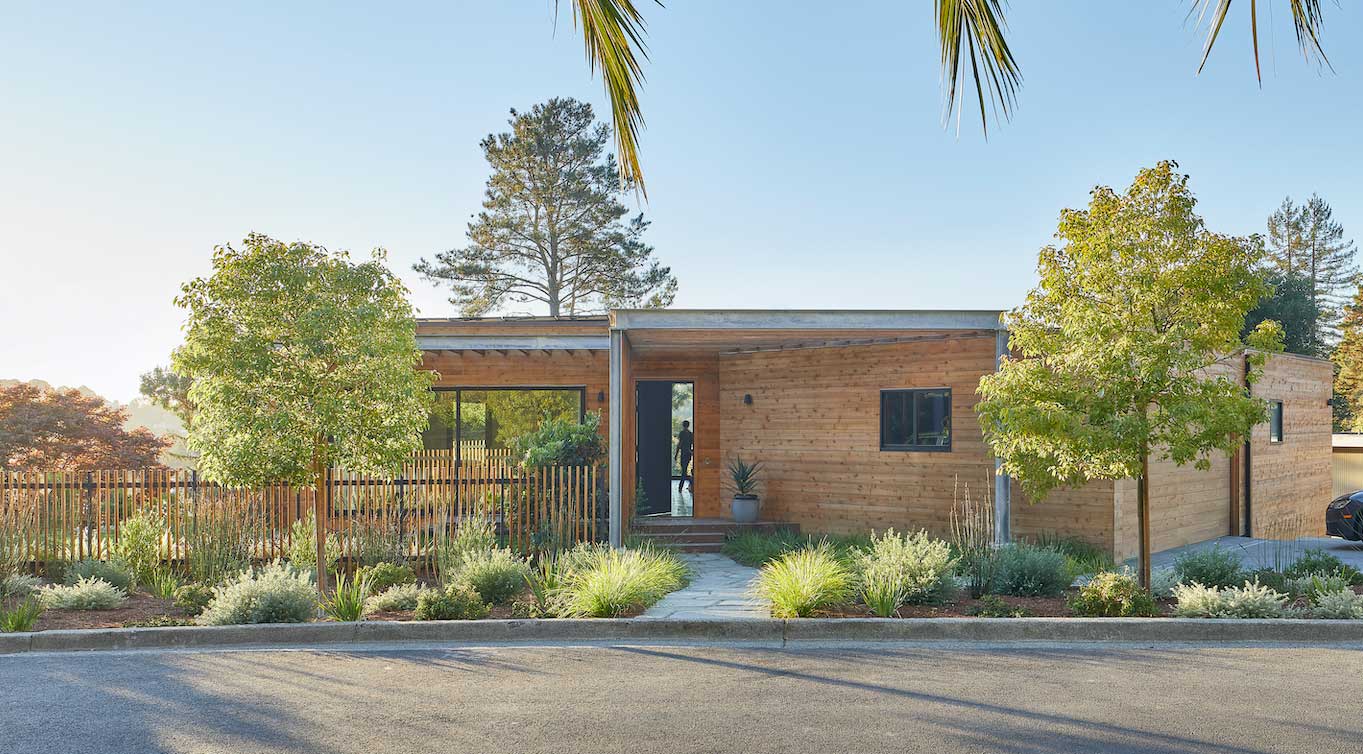
While privacy fences tend to be solid and tall, this can make your home feel more like a compound than a welcoming abode in the neighborhood when you apply these to your front yard, and that's even if local ordinances allow for them.
Fences that provide less screening may feel counteractive to your home's privacy, but they're ideal to provide not only a boundary to your home, but a visual break in the eyeline from the street to your home's more private spaces. You'll be surprised how much privacy they provide just by being there.
If you're looking for a design that hides a little more of your home away, consider combining a more lightweight fence with planting to create a more private space.
4. Or use low-slung walls
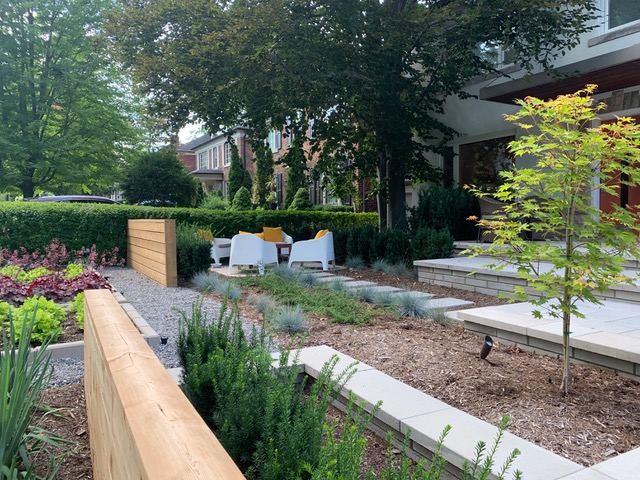
If you do want to use solid privacy screens in a front yard, keeping them low can help them feel less imposing in the landscaping of your space.
They can also help to hide areas of your front yard you might not want on display, including, in this example, a front yard seating area. 'Low feature wall can add a true barrier for small outdoor seating area,' says Jennifer, who designed this front yard space. 'These clients like their neighbors and like the sunshine in their front yards and wanted to capitalize on this opportunity.'







